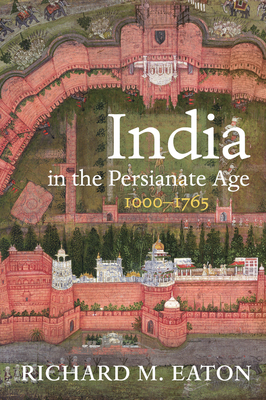Expedite your nonfiction book discovery process with Readara interviews, summaries and recommendations, Broaden your knowledge and gain insights from leading experts and scholars
In-depth, hour-long interviews with notable nonfiction authors, Gain new perspectives and ideas from the writer’s expertise and research, Valuable resource for readers and researchers
Optimize your book discovery process, Four-to eight-page summaries prepared by subject matter experts, Quickly review the book’s central messages and range of content
Books are handpicked covering a wide range of important categories and topics, Selected authors are subject experts, field professionals, or distinguished academics
Our editorial team includes books offering insights, unique views and researched-narratives in categories, Trade shows and book fairs, Book signings and in person author talks,Webinars and online events
Connect with editors and designers,Discover PR & marketing services providers, Source printers and related service providers

India in the Persianate Age: 1000-1765
History > Asia - India & South Asia
- University of California Press
- Hardcover
- 9780520325128
- 9.4 X 6.9 X 1.8 inches
- 1.75 pounds
- History > Asia - India & South Asia
- (Single Author) Asian American
- English
Readara.com
Book Description
Richard M. Eaton tells this extraordinary story with relish and originality, as he traces the rise of Persianate culture, a many-faceted transregional world connected by ever-widening networks across much of Asia. Introduced to India in the eleventh century by dynasties based in eastern Afghanistan, this culture would become progressively indigenized in the time of the great Mughals (sixteenth, seventeenth, and eighteenth centuries). Eaton brilliantly elaborates the complex encounter between India's Sanskrit culture--an equally rich and transregional complex that continued to flourish and grow throughout this period--and Persian culture, which helped shape the Delhi Sultanate, the Mughal Empire, and a host of regional states. This long-term process of cultural interaction is profoundly reflected in the languages, literatures, cuisines, attires, religions, styles of rulership and warfare, science, art, music, and architecture--and more--of South Asia.
Author Bio
My primary interest is the social and cultural history of pre-modern India (1000-1800). I have published monographs on the social roles of Sufis (Muslim mystics) in the Indian sultanate of Bijapur (1300-1700), on the growth of Islam in Bengal (1204-1760), and on the social history of the Deccan from 1300 to 1761, and on the interplay between memory and art in the Deccan plateau between 1300 and 1600.
These four historical monographs employ as analytical tools, respectively, Weberian social thought, Annales School methodology, biography, and architectural history. Most recently, I have published the second volume of the new Penguin history of India, entitled India in the Persianate Age, 1000-1765,which explores the long-term interaction between the Persianate and Sanskritic worlds, between the Iranian Plateau and South Asia, and between Islam and Indian religious traditions.
I am also active in the growing subfield of world history, as well as comparative history. My regularly taught courses include History of Medieval India, History of Modern India and Pakistan, Comparative History, and World History.
Source: The University of Arizona
Videos




Community reviews
No Community reviews

